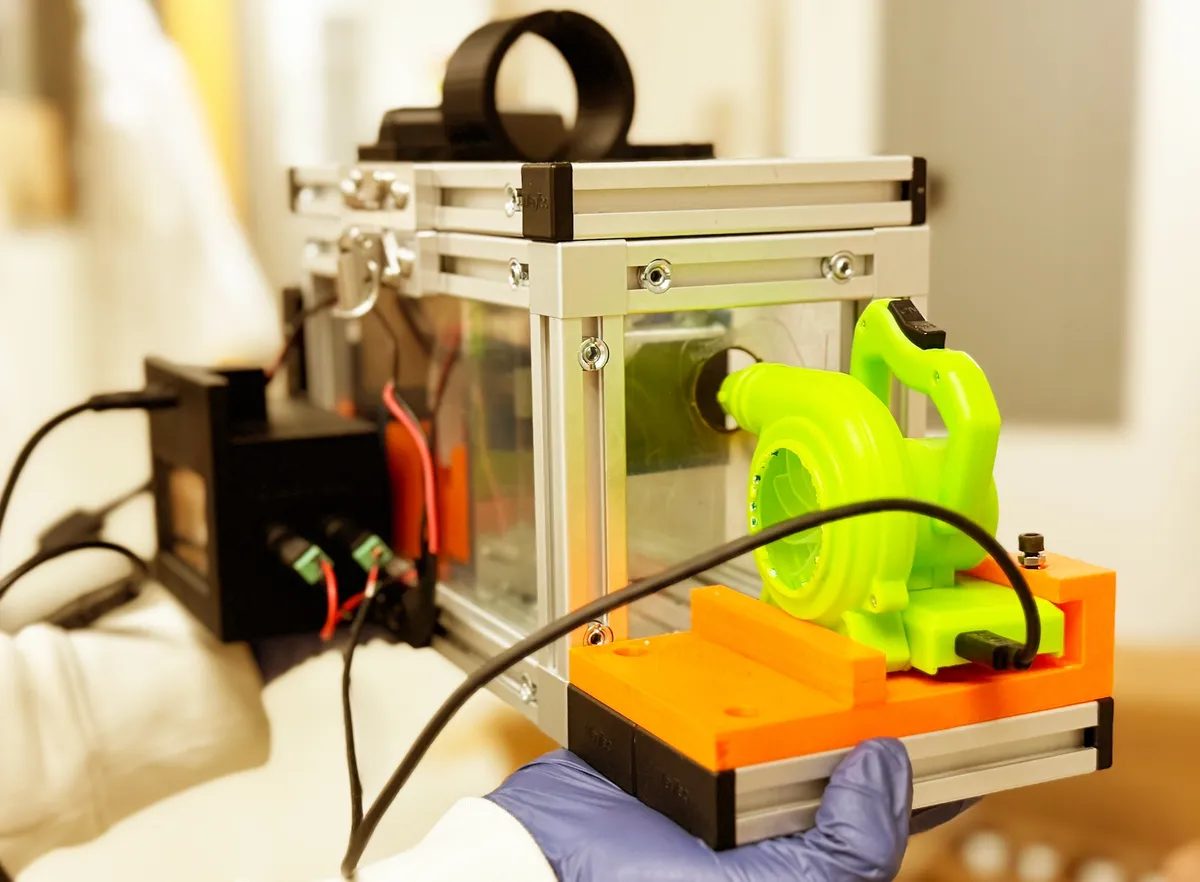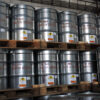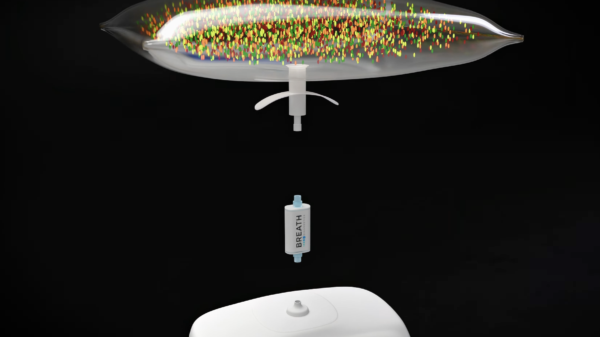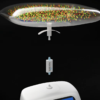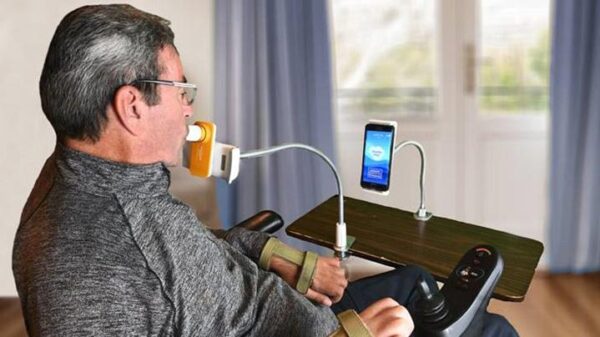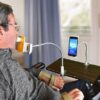American researchers have created a contraption that can accurately identify diseases, airborne contaminants or allergens in hospitals and public spaces.
The airborne biomarker localization engine (ABLE device) works by adding water vapour to air samples and concentrating it into H2O droplets that can be tested using conventional methods. Sensors and colour changing strips that have been utilized for many years now have a new application.
Though further development is necessary, ABLE has immense potential for eliminating the need for invasive screening measures like blood tests.
“It can be used to detect human-exhaled metabolites, environmental signals, airborne pathogens, allergens, or the smell of your favourite food,” said co-developer Jingcheng Ma from the University of Notre Dame.
He compared its ability to analyze air to being able to use a phone to record audio or take photos.
Read more: Breath Diagnostics opens Respiratory Innovation Summit with captivating presentation
Medtech in its infancy inspired by infants
Its inspiration came in late 2022 from a desire to be able to test babies in a Chicago hospital’s neonatal intensive care unit without the need for blood biopsies or other invasive tests.
“The promise of this technology is that we will be able to non-invasively track newly identified biomarkers to optimize care for these infants,” said Erika Claud, a professor from the University of Chicago’s Comer Children’s Hospital.
During early assessments, the investigators found that ABLE was capable of finding the level of glucose present in breath samples from people. Also, airborne E. coli bacteria and inflammation markers from the cages of rodents with bad gut health.
The device currently measures about four inches by eight inches, but its creators aim to make it even smaller. It harnesses superhydrophobic/water-repellant surfaces to enable the moisture inside to smoothly run into a tiny reservoir.
The multi-purpose gadget was the subject of a study published in the prominent journal Nature Chemical Engineering on May 21.
It’s cheap, costing only about US$200 to make. Air and breath analysis devices tend to be relatively economical to produce in comparison to other testing modalities.
In relation, certain companies have been using breath analysis as a means of identifying specific diseases rather than an assortment of biomarkers like the ABLE machine. In Kentucky, Breath Diagnostics has developed an inexpensive and highly efficient breath test for lung cancer detection. Furthermore, Canadian and British medtech operators Breathe BioMedical and Owlstone Medical have been using their respiratory analysis tech to pinpoint breast cancer and liver disease.
“This project is among the most exciting endeavours we’ve pursued,” said ABLE study co-author Bozhi Tian from the University of Chicago.
YOUR BREATH COULD REPLACE NEEDLES ONE DAY?!
Hate getting blood drawn?
Scientists at the University of Chicago feel your pain.
They’ve built a device called ABLE that reads your breath like it’s a medical report.
No needles. Just breathing.
ABLE works like this: it pulls in… pic.twitter.com/bDq73s7pBn
— Mario Nawfal (@MarioNawfal) June 9, 2025
Read more: Breath Diagnostics now offering a compelling investment opportunity
Follow Rowan Dunne on LinkedIn
rowan@mugglehead.com

